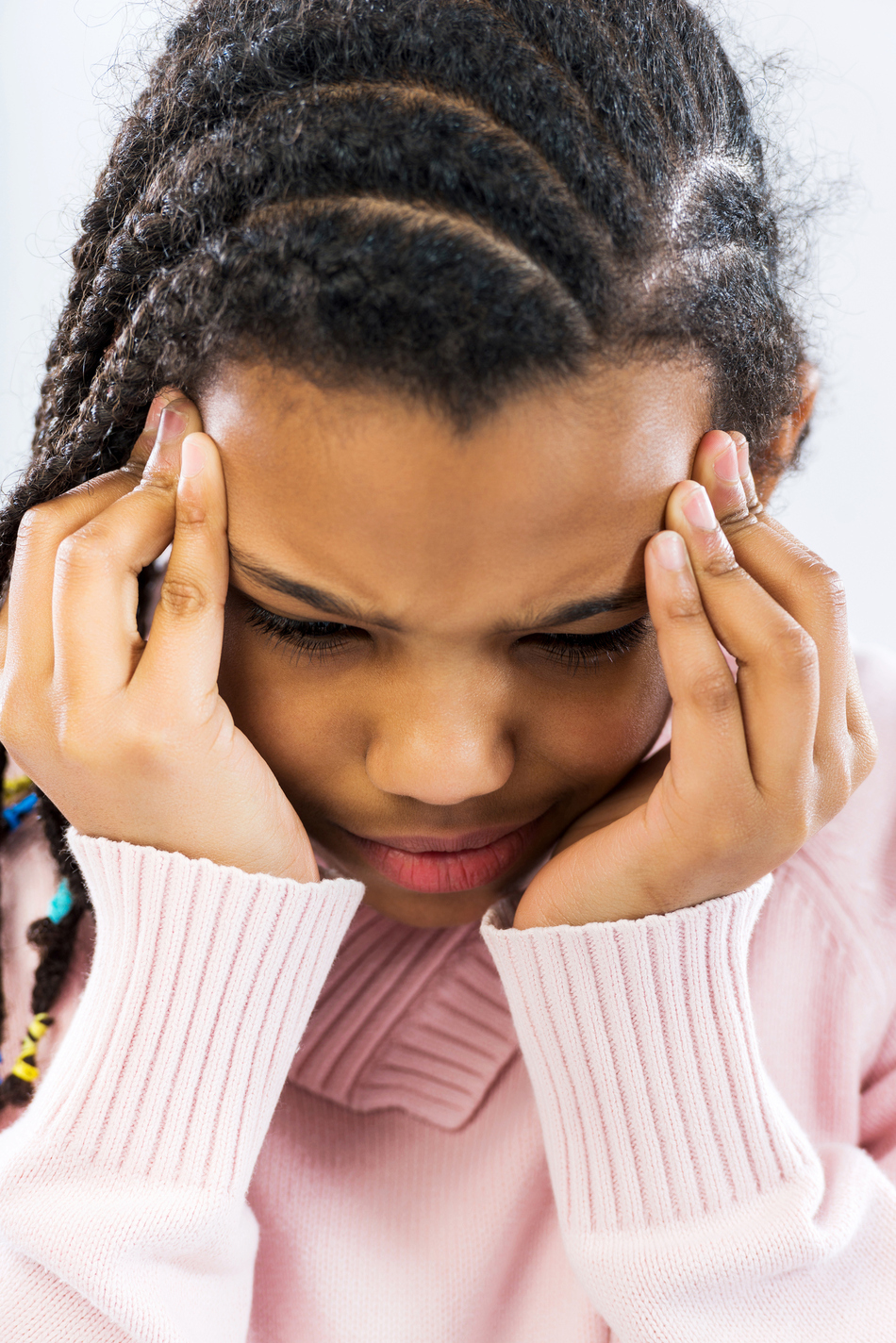
Episode Transcript
Dr. Gellner: Meningitis can be very scary to see your child go through. What are the types of meningitis and how is it treated? I'll discuss this on today's Scope. I'm Dr. Cindy Gellner.
Announcer: Keep your kids healthy and happy. You are now entering the "Healthy Kids Zone" with Dr. Cindy Gellner on The Scope.
Dr. Gellner: Meningitis is an infection of the tissue and the fluids that surround the brain and spinal cord. There are two types of meningitis. There's viral and bacterial. Luckily, we don't see bacterial meningitis as much as in the past and that's in a large part due to three vaccines. The Hib and pneumococcal vaccines your child gets with their baby shots protects them from several types of bacteria that cause meningitis in young kids, and the meningitis vaccine that is required for middle school and high school protects them as teenagers.
The symptoms of bacterial and viral meningitis can look very similar and they are very scary. The biggest signs are that your child will have a splitting headache which is worse if they are in a lighted area. They will be unable to move their neck without moving their entire upper body. They may be confused, or if your child is a baby, they will be very fussy and they're constantly crying like they're in pain, and sometimes, it's a really high-pitched cry. It's a very odd cry. They will also be very nauseous and vomiting, sometimes projectile vomiting. Babies who still have their soft spot can have bulging there. It's pretty noticeable, so you'll be able to tell.
Meningitis can only be diagnosed with a spinal tap. This is done in the emergency room where they can take a sample of spinal fluid and test it in the lab to see if your child has meningitis. And if so, is it bacterial or viral? Your child may also have an MRI or a CT of the brain before the spinal tap is done.
Bacterial meningitis can be deadly, so it's extremely important to have them seen as soon possible. Treatment involves IV and oral antibiotics, and your child will also have blood tests done to make sure the infection is responding to the medicines. This is most definitely a hospital admission, and it could be for days or even weeks.
There's no medicine that can be given to treat viral meningitis, unfortunately. The most important treatment is to help your child stay hydrated, give pain or fever medicines, and let them rest. Since different viruses cause meningitis, it may take from two days to make them feel better or up to two weeks.
Both viral and bacterial meningitis can be passed from person to person, which is why it's important to teach your child how to cover their cough and everyone needs to wash their hands frequently.
Remember, all kids and adults can look and feel pretty horrible when they get sick, but the signs and symptoms of meningitis are pretty specific and recognizable, especially, the severe headache and the not being able to move one's neck without significant pain or vomiting. If your child has those, go straight to the emergency room to find out if they have meningitis or not. Quick thinking on your part can save your child's life.
Announcer: Want The Scope delivered straight to your inbox? Enter your email address at thescoperadio.com and click "Sign Me Up" for updates of our latest episodes. The Scope Radio is a production of University of Utah Health Sciences.